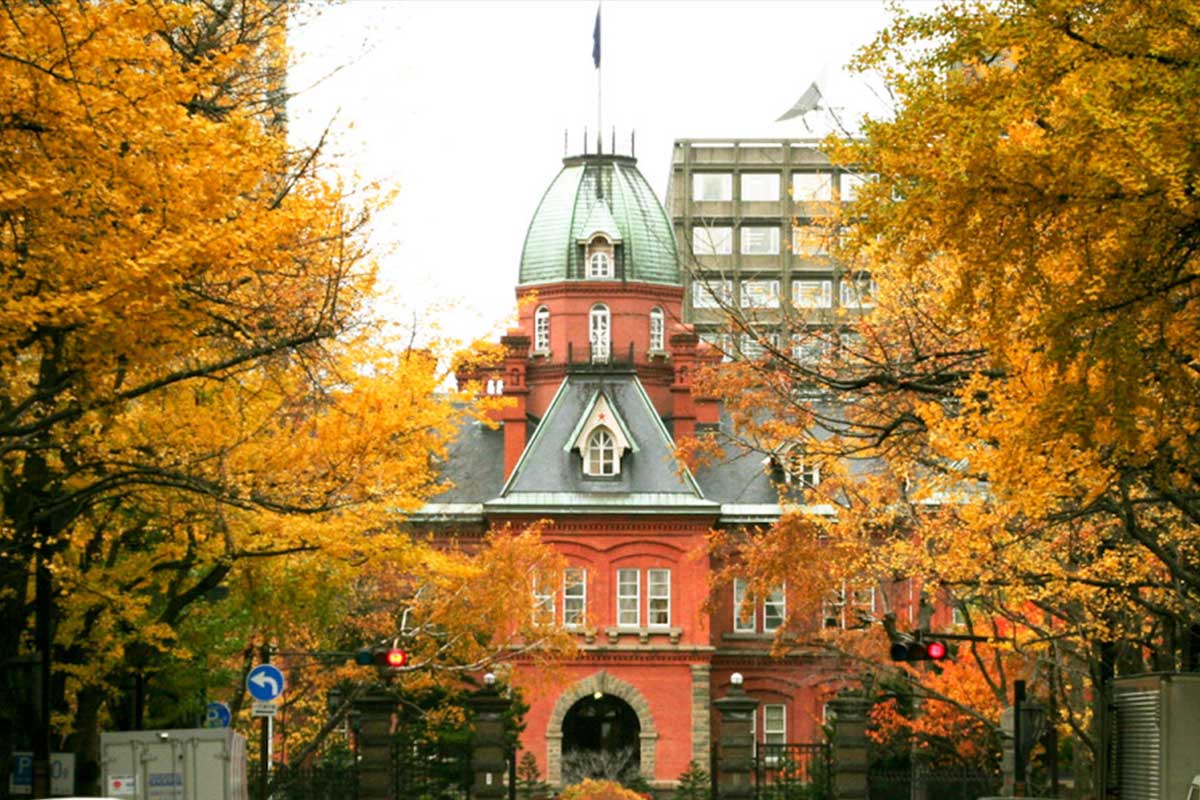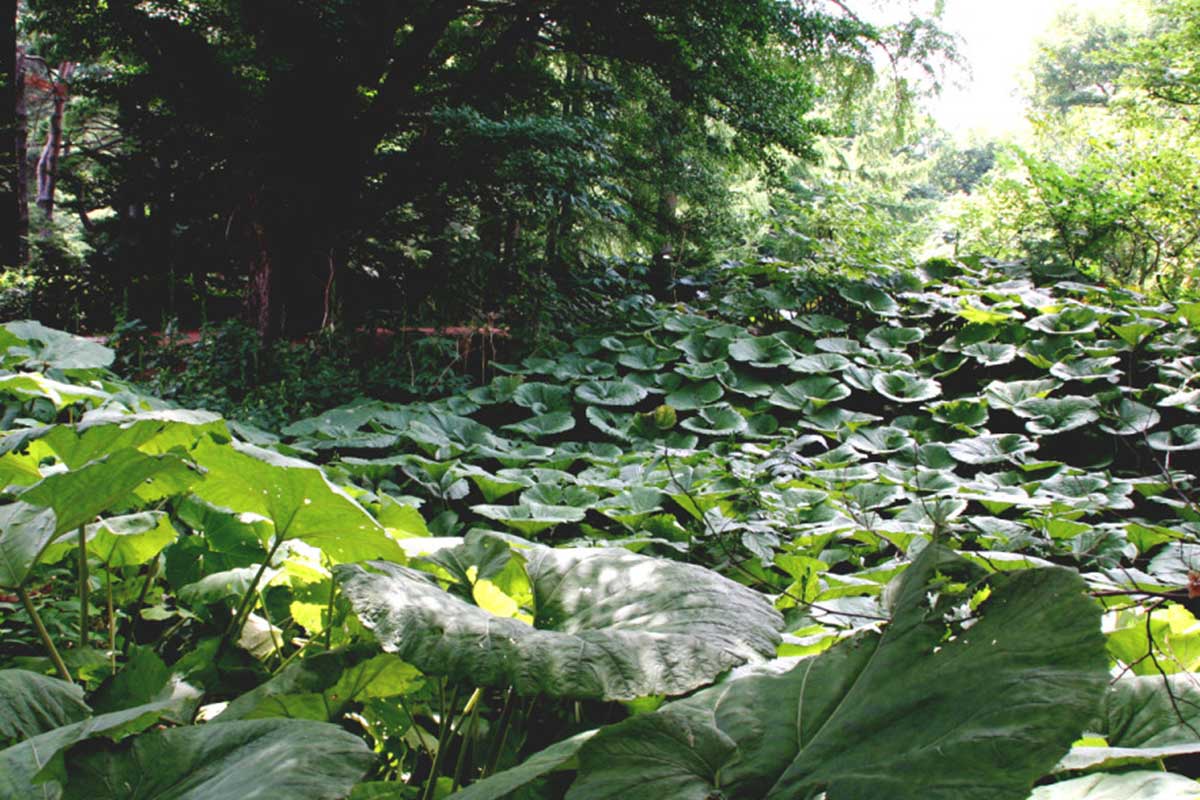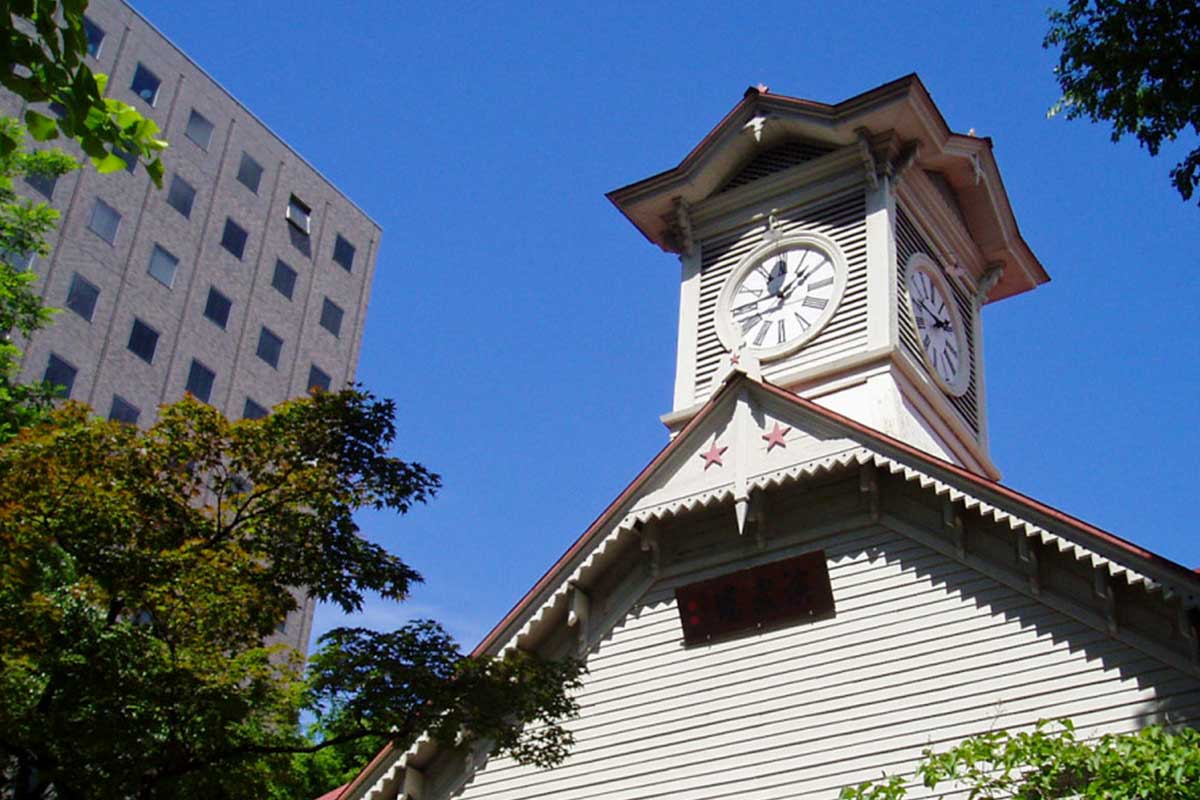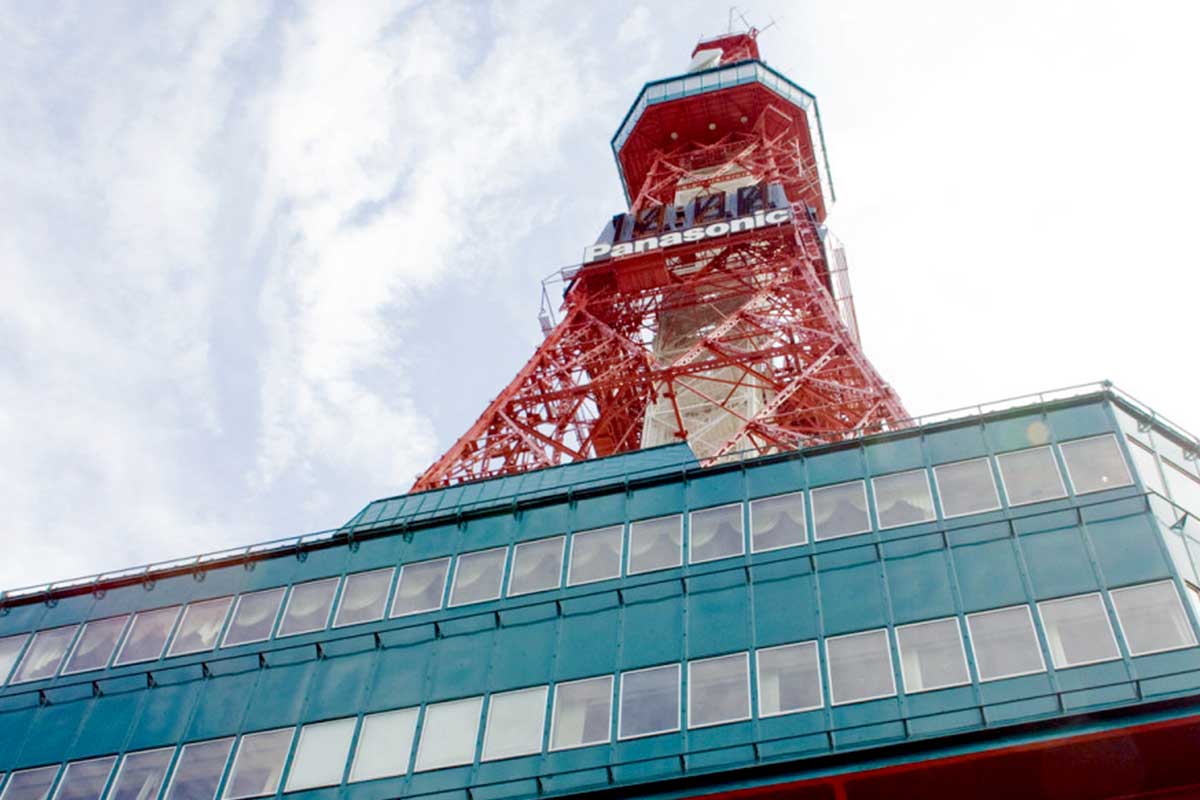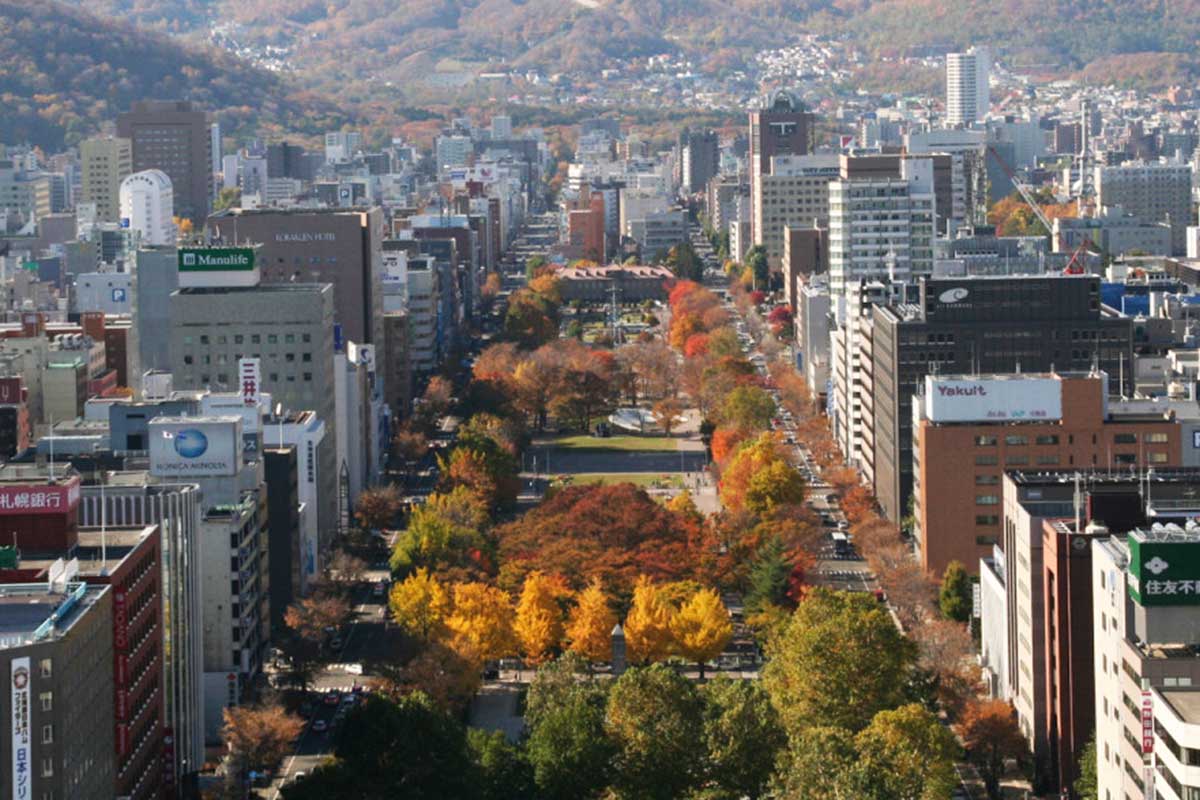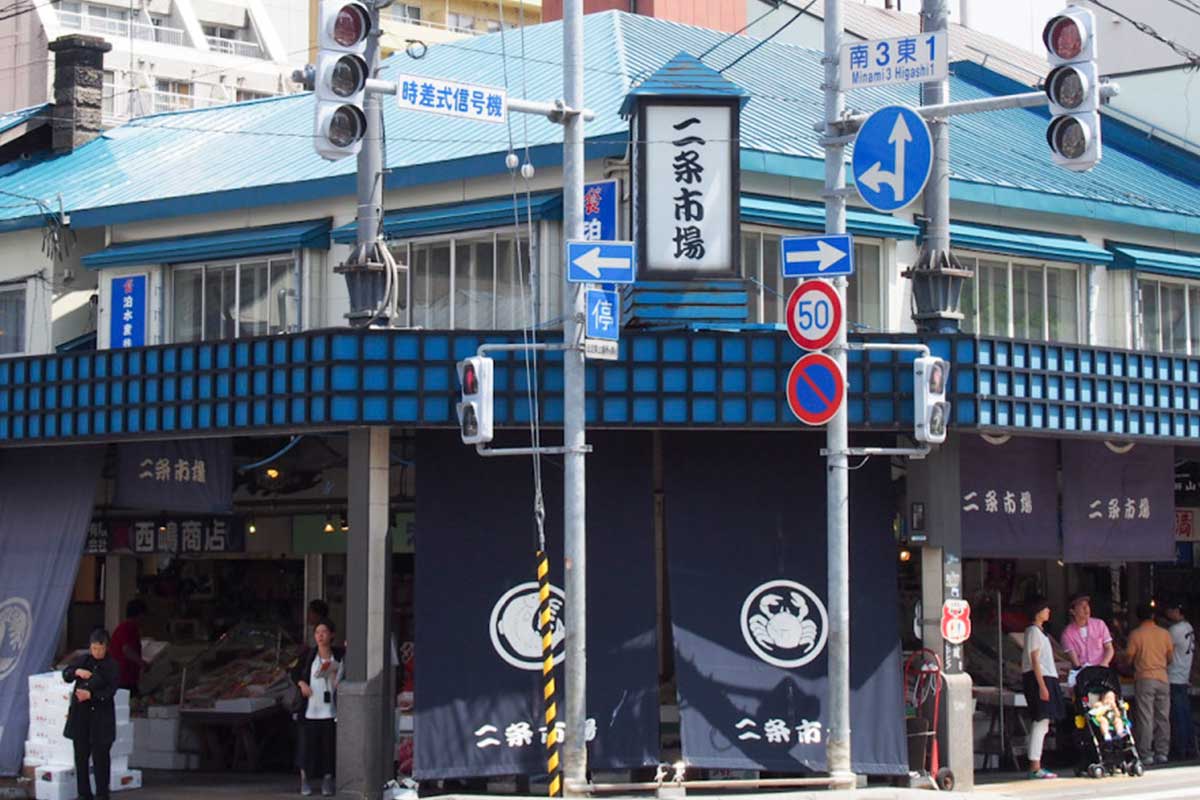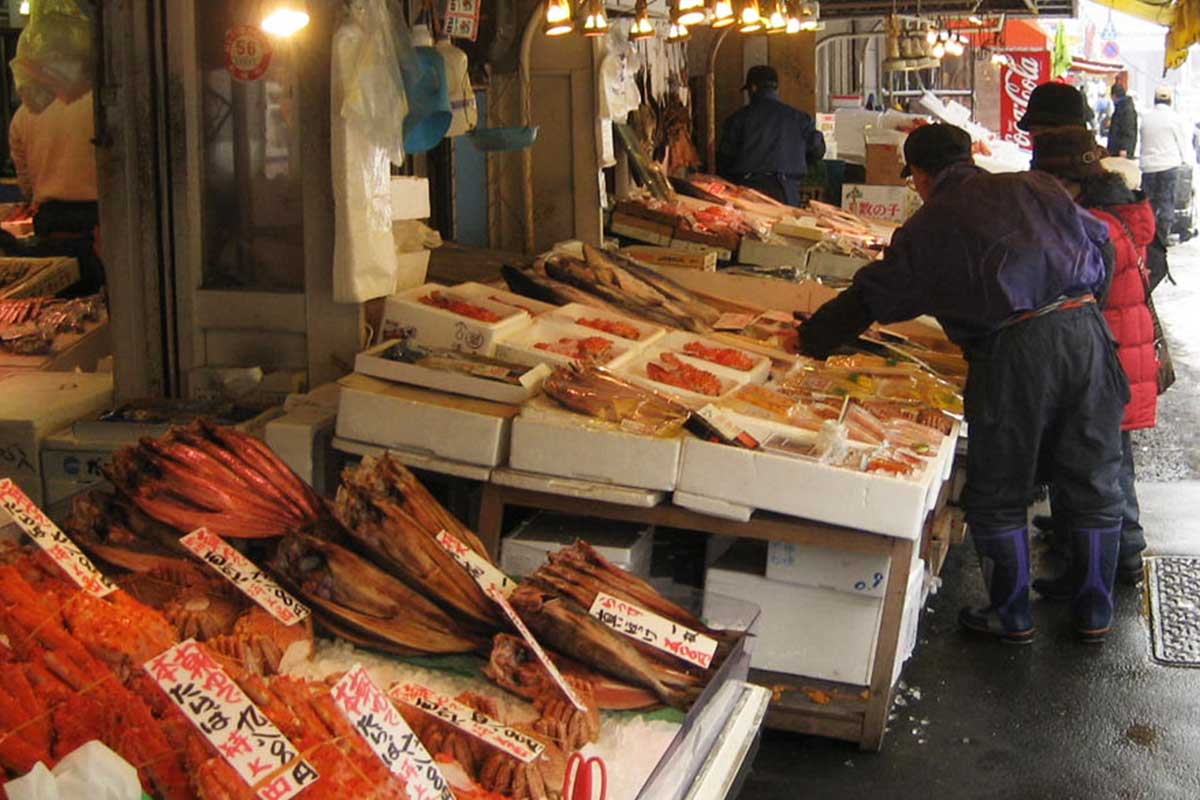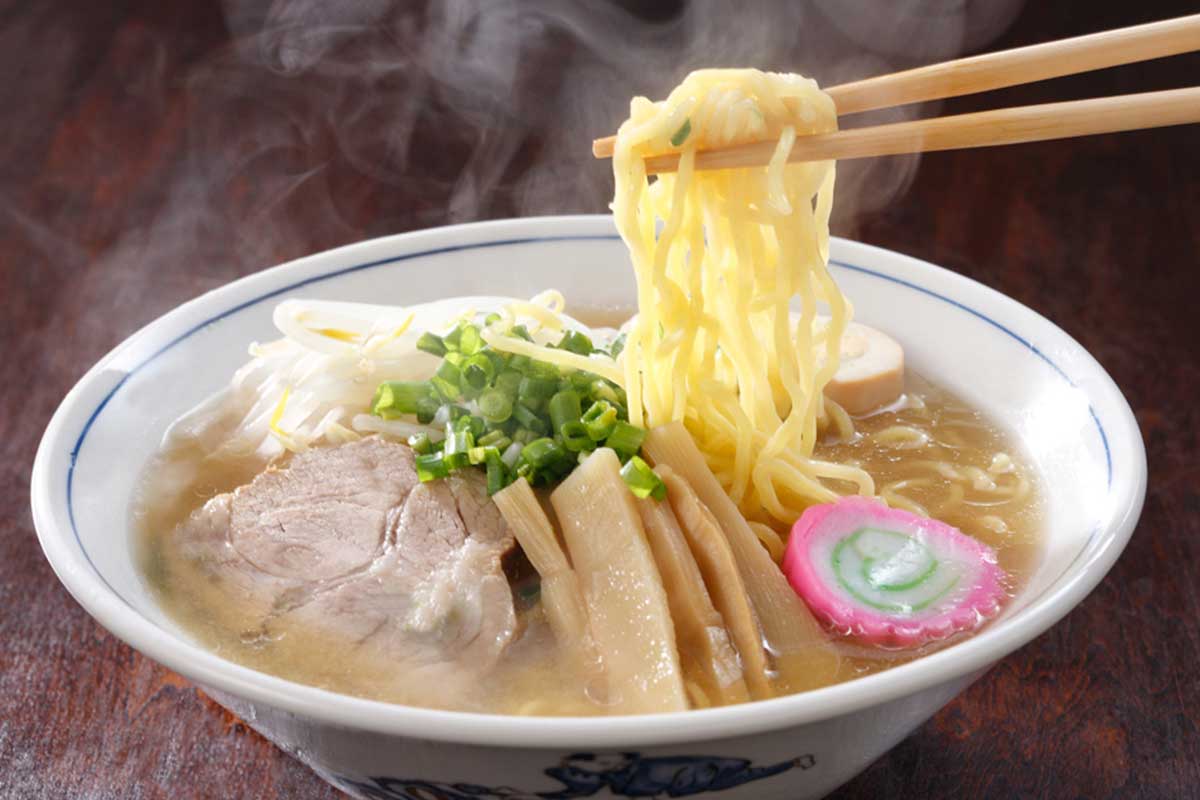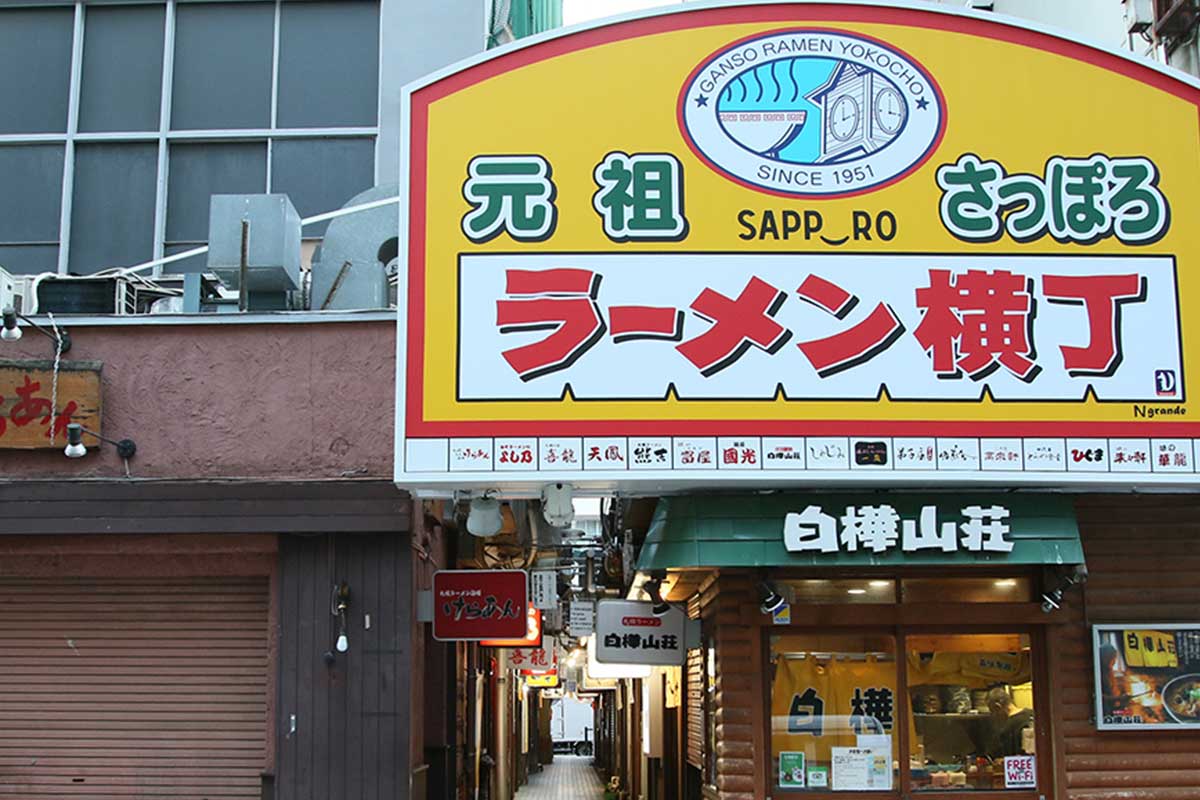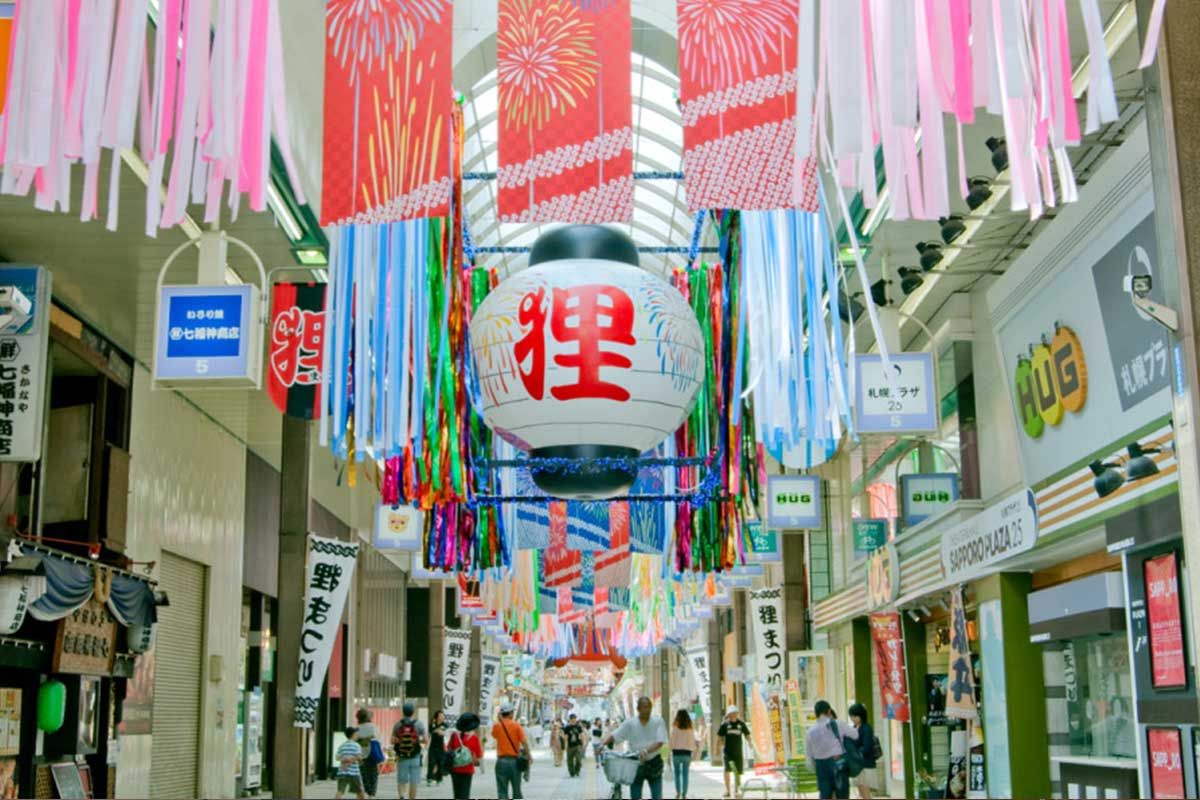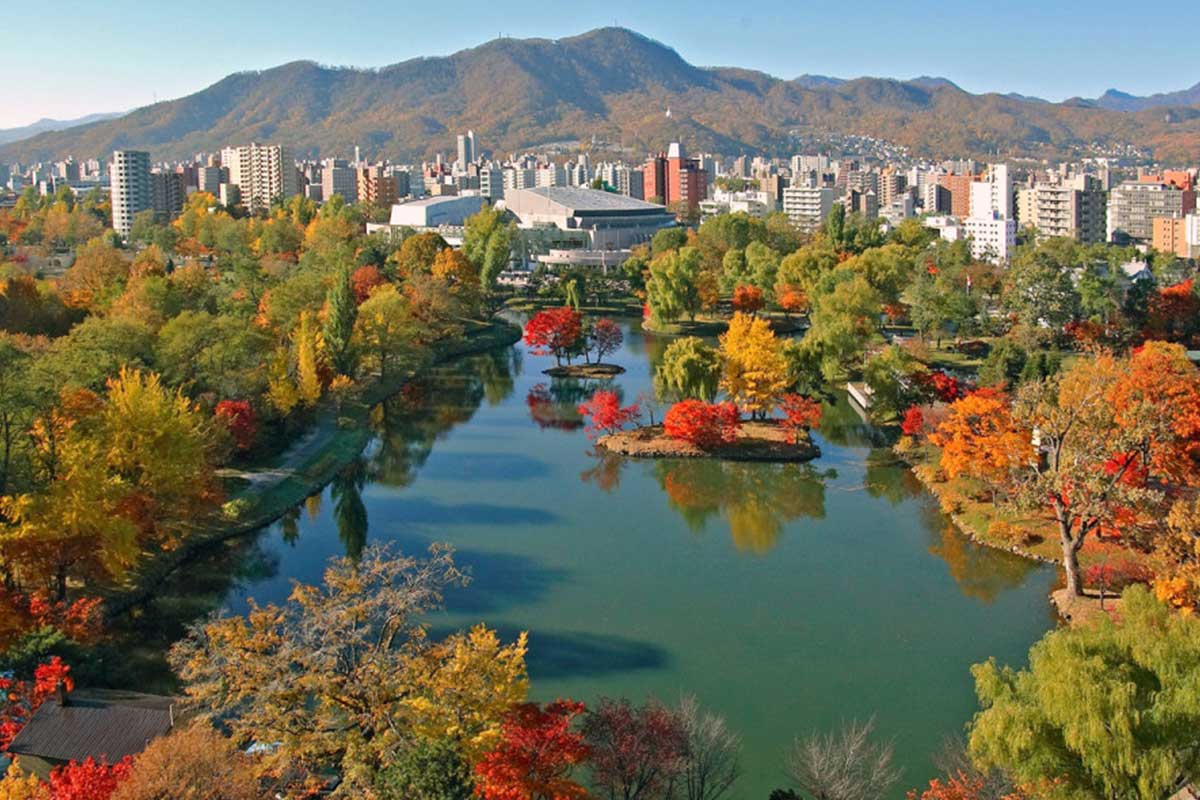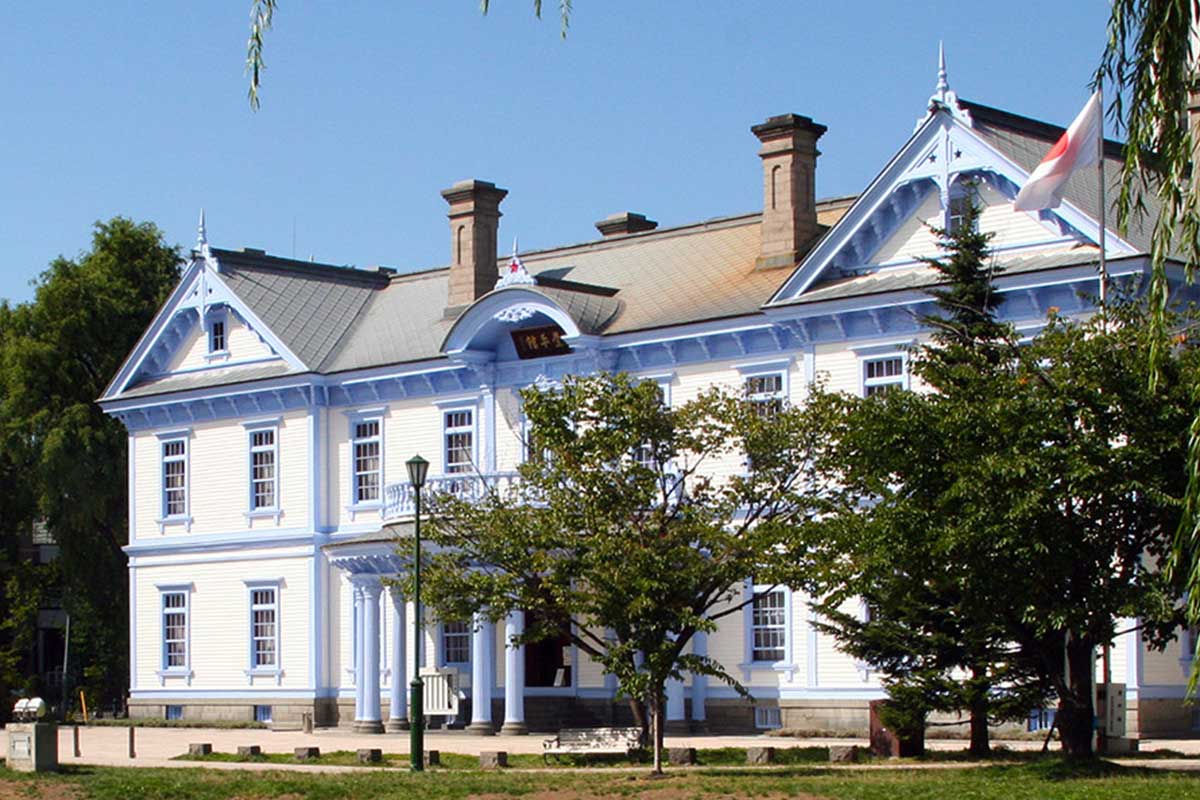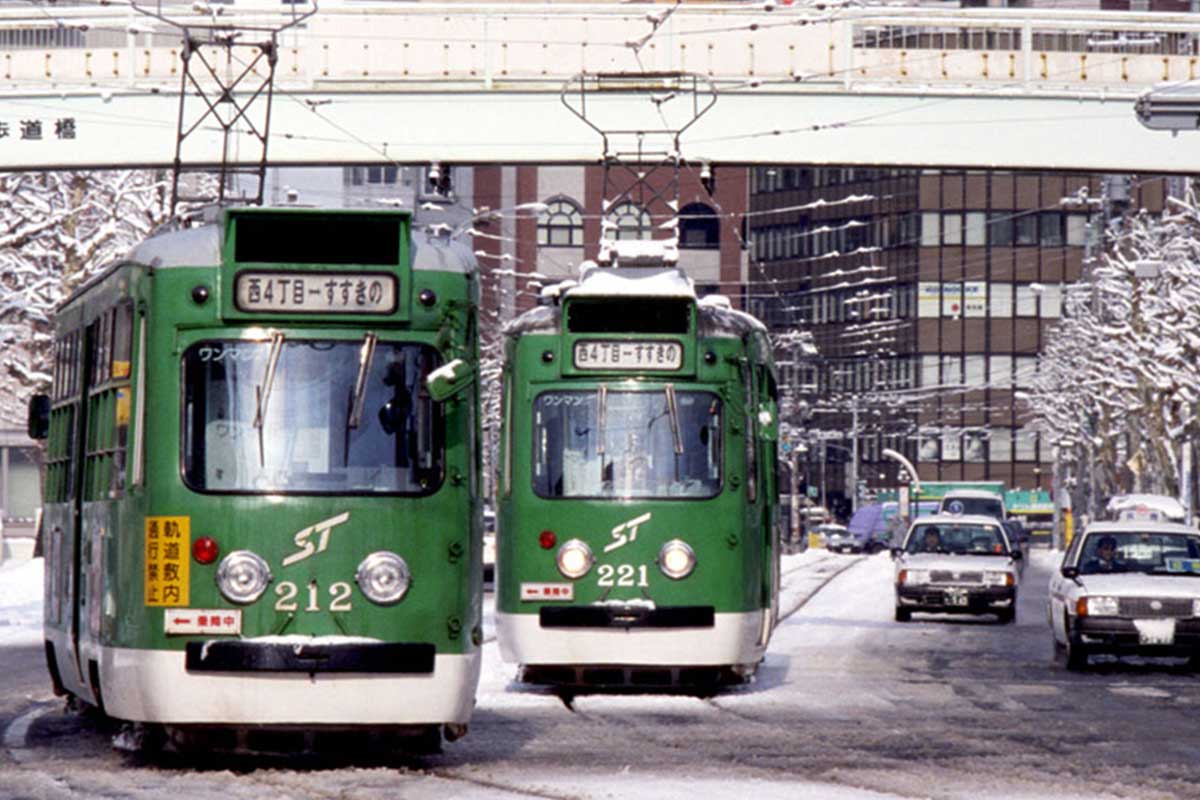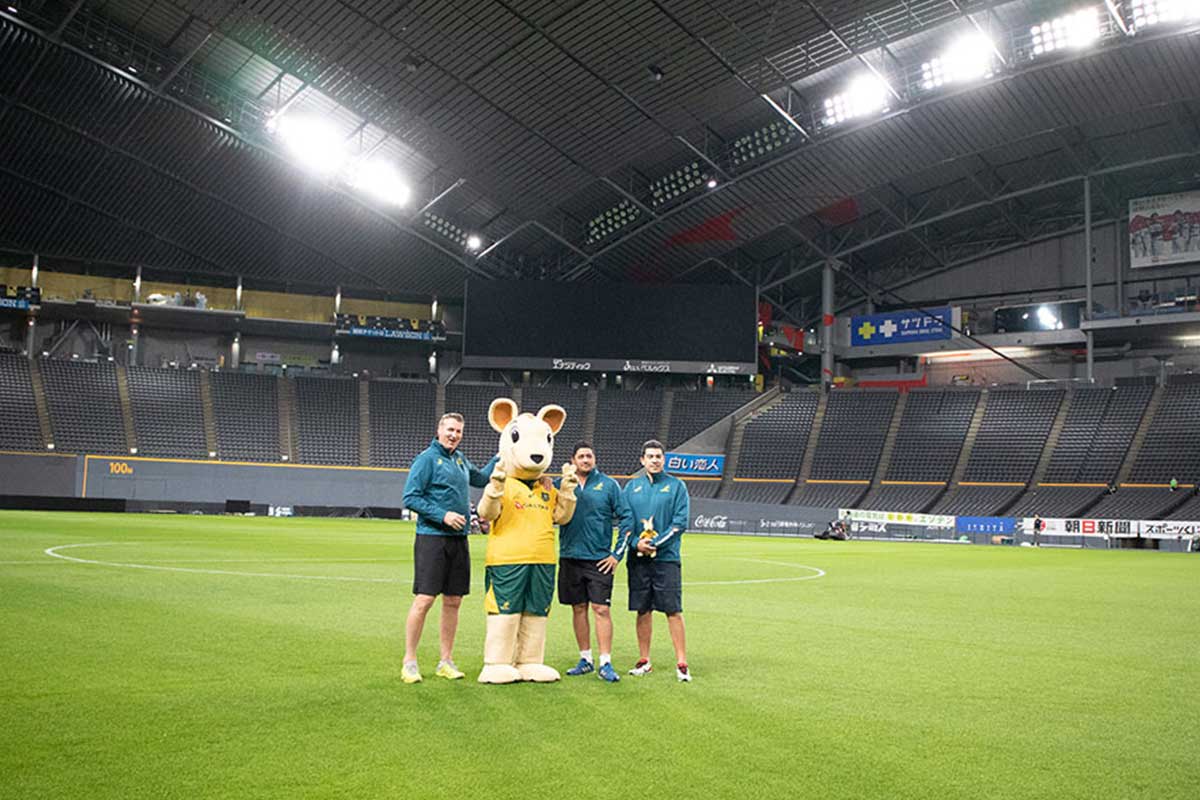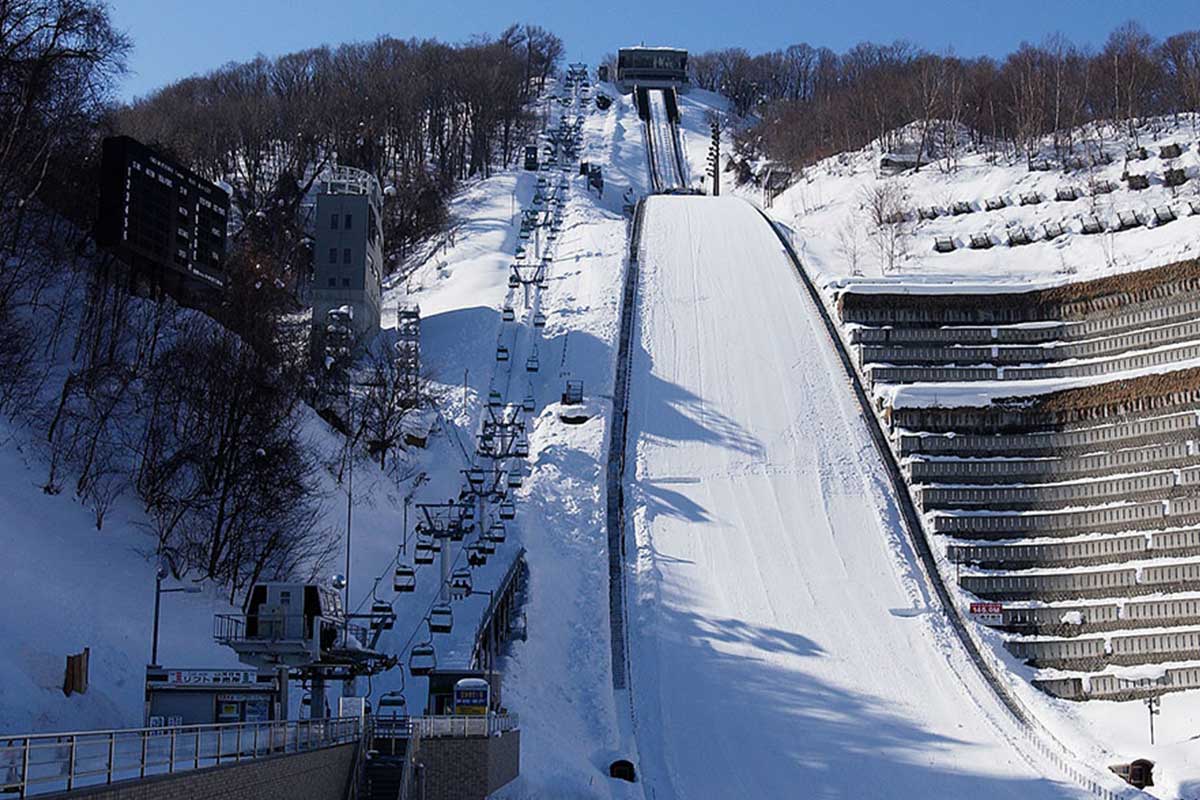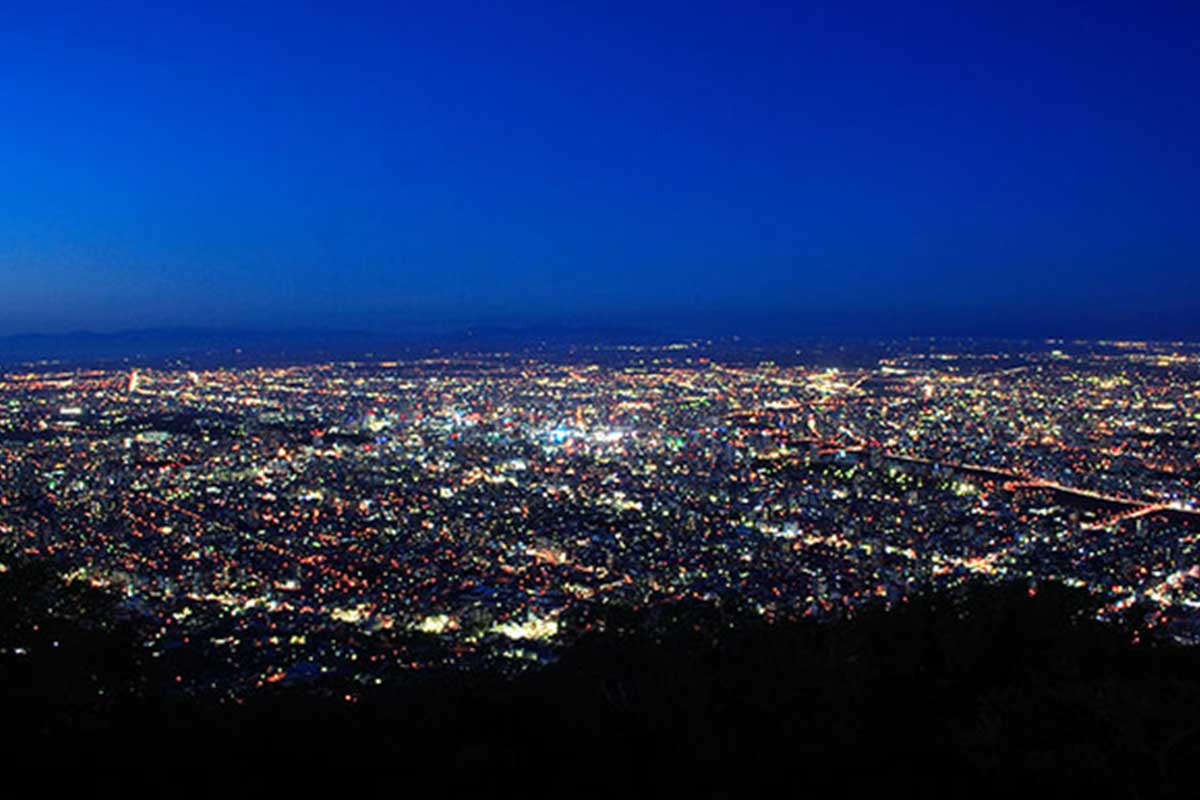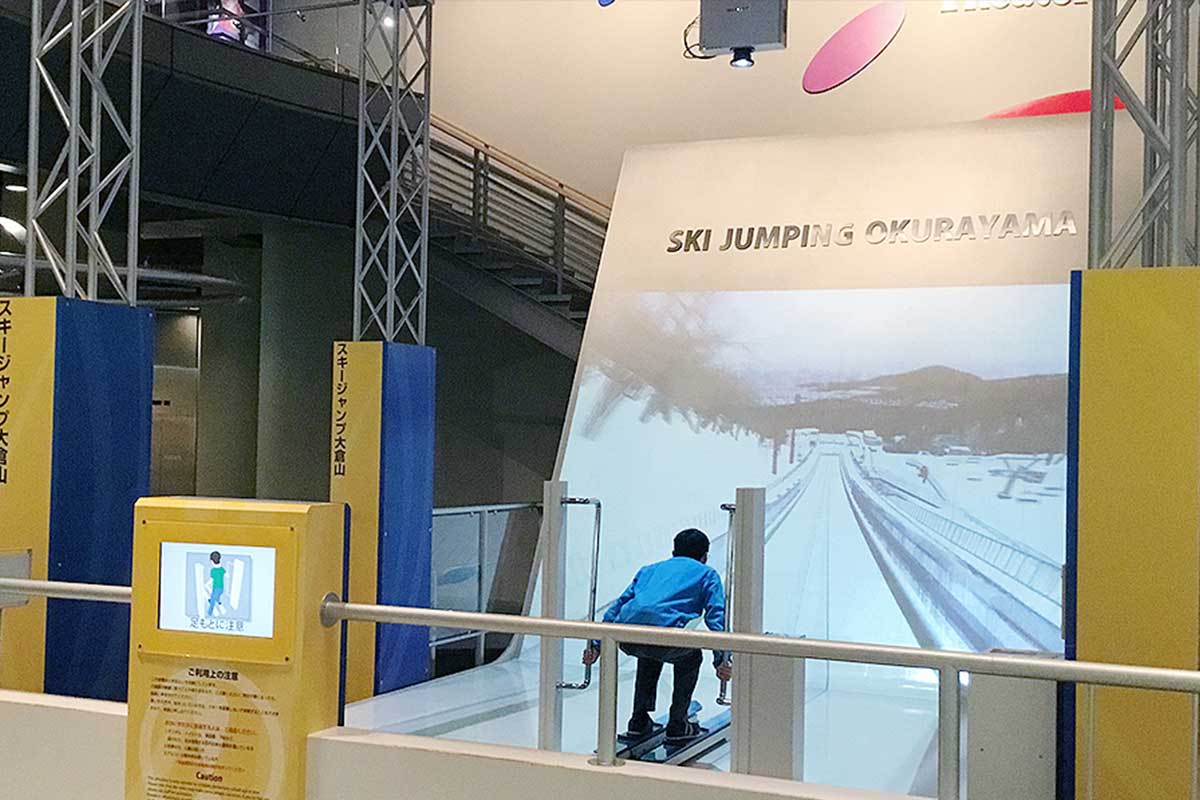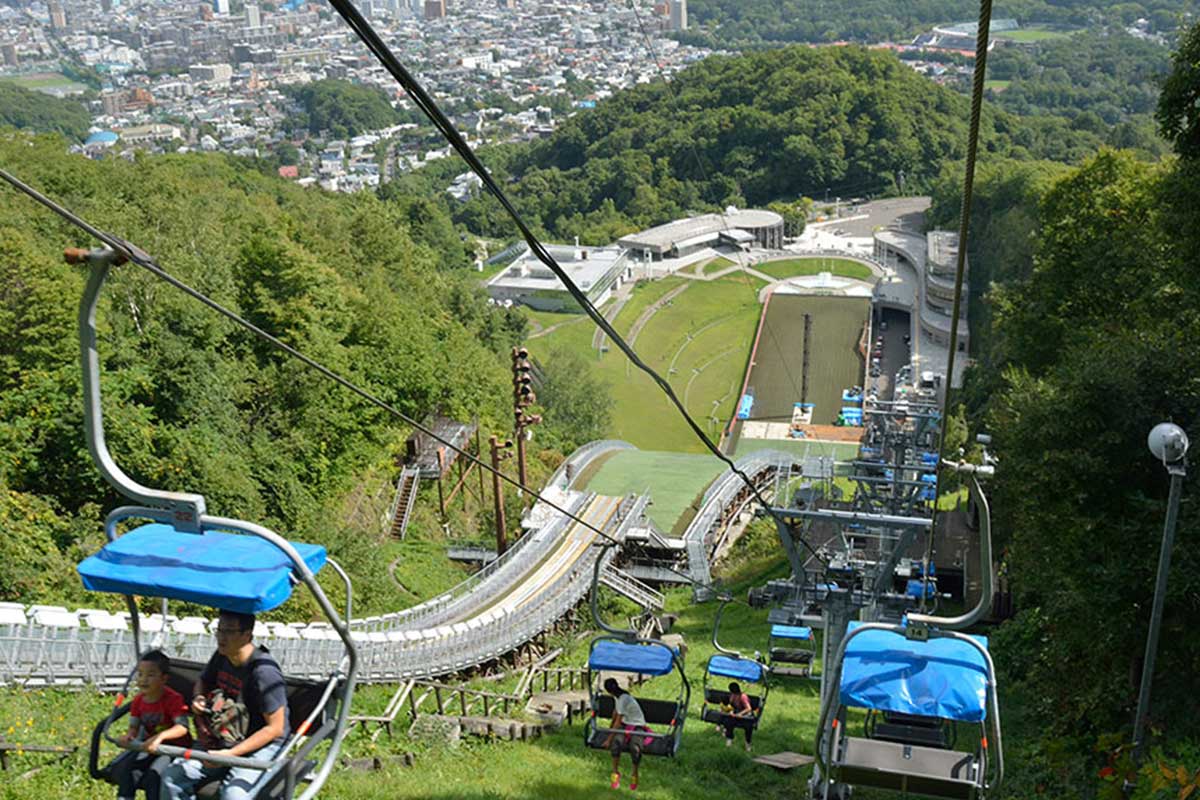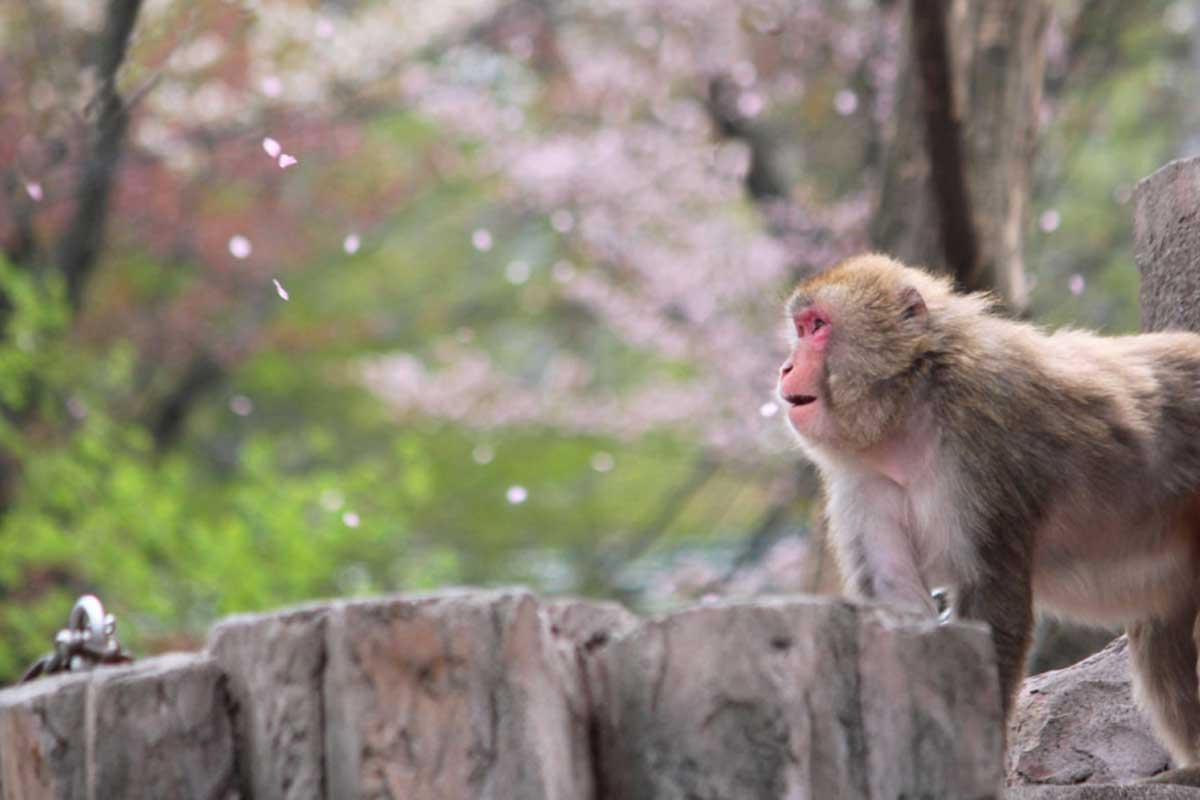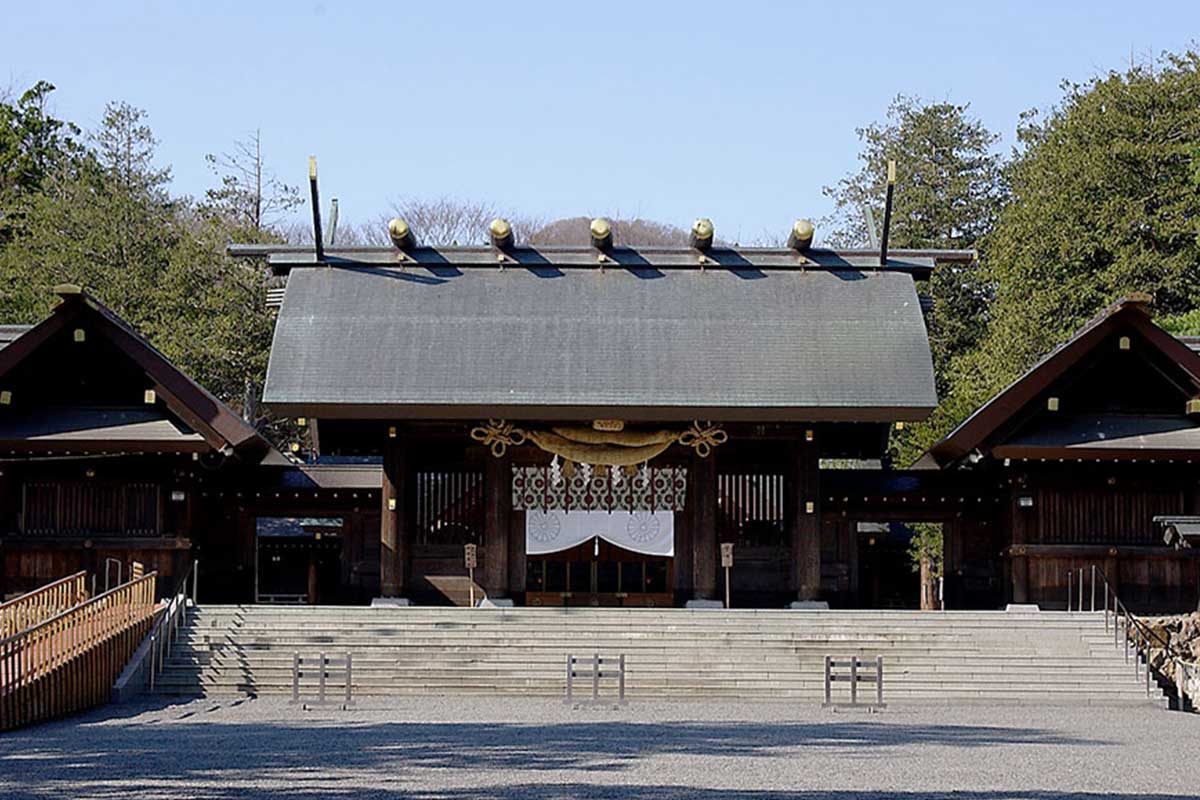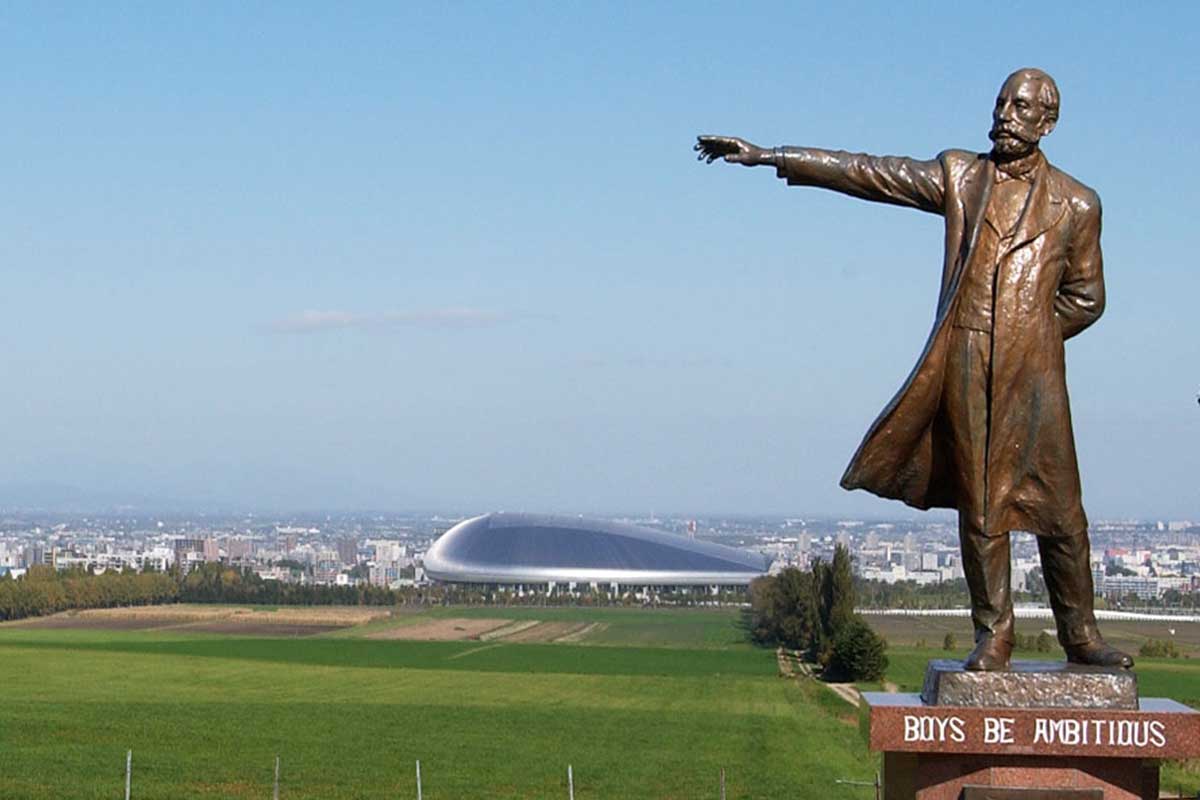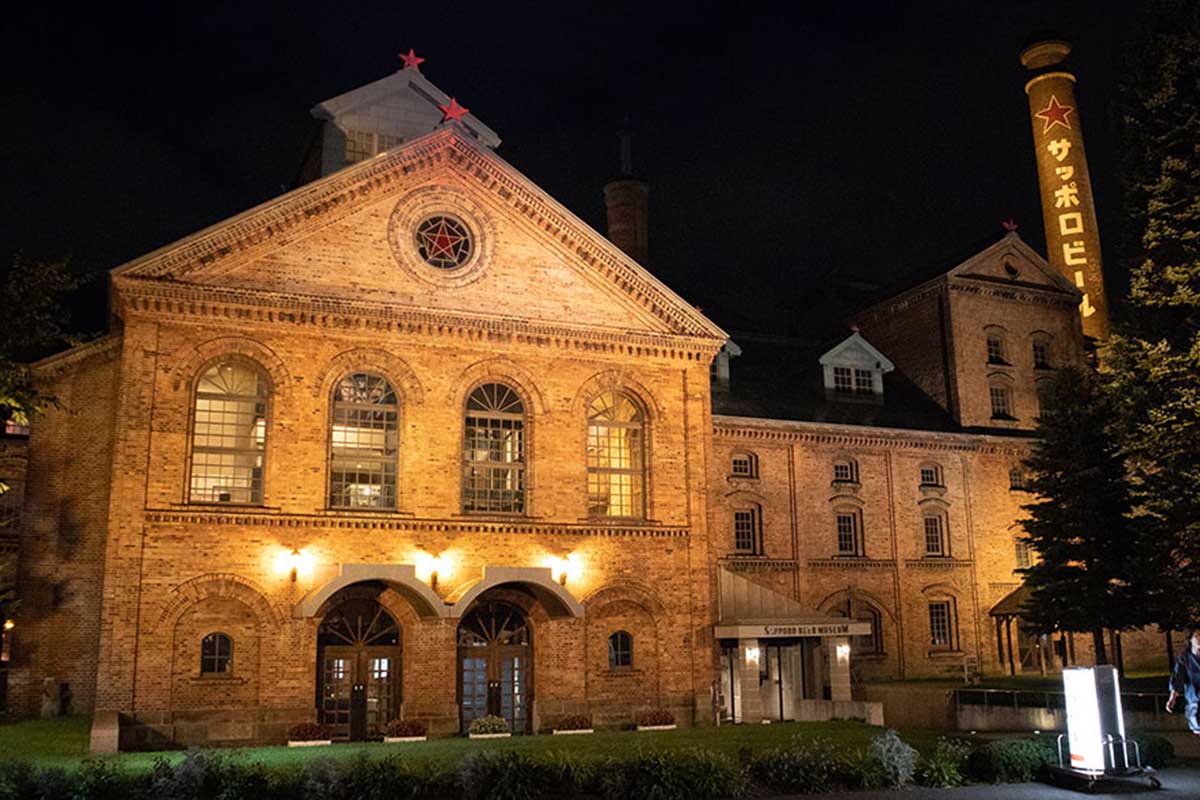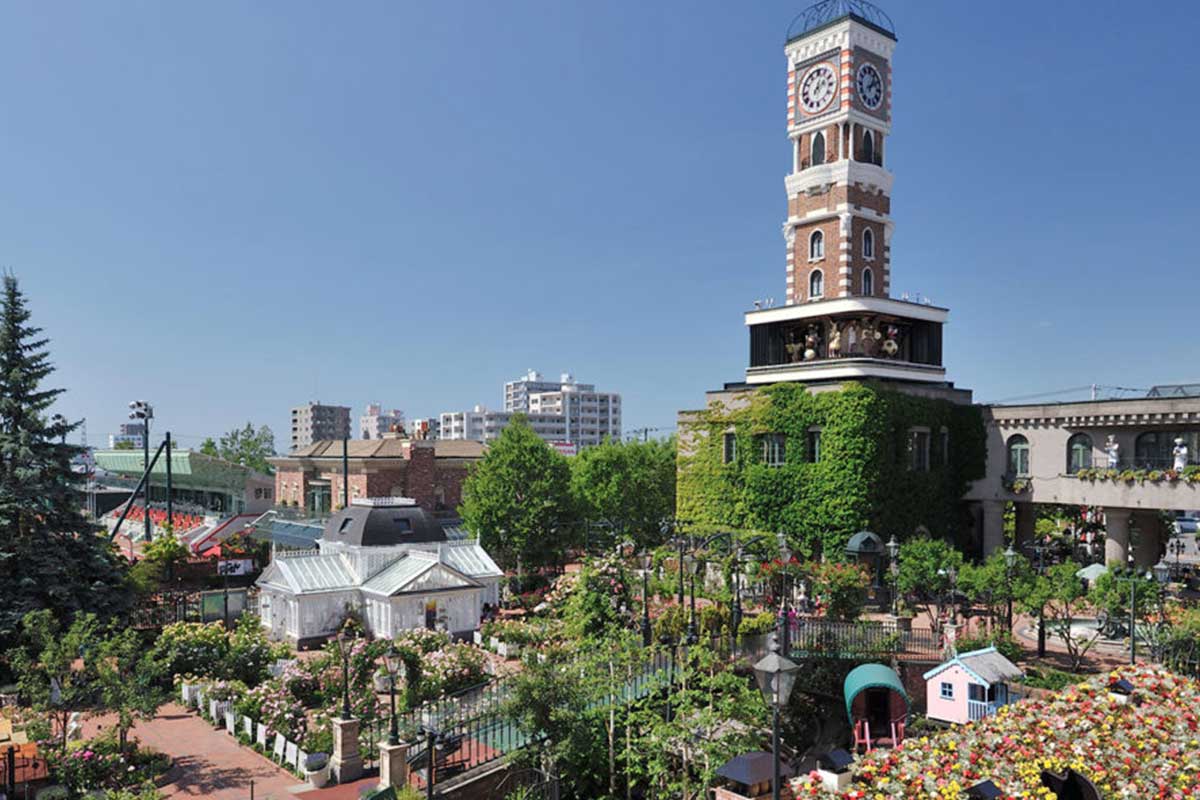Rugby's
Japanese Legacy
Contrary to the misconceptions held by some, rugby in Japan has existed for well over a hundred years. The first games were played in the 1900s and the Japan Rugby Football Union was established in 1926. Japan has also participated in every Rugby World Cup. Far and away the best team in Asia, the Brave Blossoms have been building well on their successful showing in RWC 2015. With recent narrow losses to Scotland and Wales, followed by a draw with France and wins over Tonga and Italy, national expectation is increasing for a first-ever knockout round appearance.
Kicking off their first game of the season in Sapporo, Australia's Wallabies will be looking to tap on the sporting aura that pervades the area. Having previously hosted the 1972 Winter Olympics and played host to football matches in the 2002 FIFA World Cup, Sapporo is well suited to accommodating a rugby nation with the hefty status of being a double world champion. In addition, the abundance of cultural and culinary activities within Hokkaido will ably serve to entertain and rejuvenate players and fans alike.
Ready to explore?
City Center
Exploring downtown Sapporo
Though Sapporo is Japan's fifth-largest city, you can get a good feel of it just from an afternoon exploring the main commercial hub. From Sapporo Station, walk southwest to the former Hokkaido Government building, a stately red brick office which now houses historical artifacts. A short walk away lies the Botanic Garden of Hokkaido University (located separately from the main campus), where you can get your geek on at the museum, learn about the Ainu, who are Hokkaido's indigenous people, or simply stroll along the gardens, which are particularly beautiful in spring and autumn.
Other city landmarks include the Sapporo Clock Tower, originally built as a multipurpose training hall for Hokkaido University and now serves as a museum; as well as the Sapporo TV Tower, designed by Tokyo Tower architect Tachu Naito, which offers a dramatic bird's eye view of Sapporo. Odori Park is considered the heart of downtown Sapporo, and stretches from east to west from the center of the city. Odori Park is the main site of festivals such as the magical Sapporo Snow Festival in February, the Lilac Festival in May, and the Yosakoi Soran Festival in June. From July to August, the park turns into a massive (yet Japanese-level orderly) Summer Beer Garden, where thousands of people convene on balmy summer nights to sip cold beer. If you catch the Hokkai Bon Festival in August, here's your chance to wear a yukata (summer cotton kimono) and join in the folk dance with the locals! The Autumn Fest, Sapporo's answer to Oktoberfest, is especially exciting as visitors enjoy local beer, soup curry, ramen, and other Hokkaido delicacies in a convivial atmosphere.
For delectably fresh seafood (sushi, anyone?), make your way to Nijo Fish Market (near Odori Subway Station) or Central Fish Market (near JR Soen Station). Another must-try is Ramen Republic at Sapporo Station's ESTA building for a modern take on the famous Hokkaido ramen. If you're raring to shop, Sapporo Station has an Underground Shopping Mall and links to a network of other shopping malls and department stores without the need to venture outside, proving especially convenient during the freezing winter months. Jetlagged? Shop at the 24-hour Don Quixote for everything from cool souvenirs to cute gadgets.
ENTERTAINMENT
DISTRICT
Parks & Nightlife
Susukino is the bustling shopping and entertainment district that especially comes alive after dark as the neon glow beckons salarymen, expats, and tourists alike into restaurants, pubs, and the red light district. Your hunt for the best authentic Hokkaido ramen will lead you to Ramen Alley (your gastronome buddies will be green with envy!), or shop for souvenirs at Tanuki-Koji Shopping Arcade.
If scenic and serene is more your speed, take a stroll along Nakajima Park, where you will find Shobu Pond, Sapporo Astronomical Observatory, Hassoan Tea House, Hokkaido Museum of Literature, Nakajima Sports Center, and the Hōheikan, registered as one of the National Important Cultural Properties.
Getting around: Hop on a streetcar (tram) that loops from Odori to Susukino to Nakajima Koen-dori.
SPORTS CENTRAL
Rugby at Sapporo Dome
Dubbed the "heart of sports and entertainment in Northern Japan," the Sapporo Dome is a hi-tech roofed sports stadium with a retractable pitch for multiple sports. Home field to baseball team Hokkaido Nippon-Ham Fighters and football club Hokkaido Consadole Sapporo, it has hosted games in the 2002 FIFA World Cup, and been used as a venue for ski competitions, sports events, and concerts. It features many restaurants and food outlets within the stadium where you can tuck into a bento meal before a game.
What makes it really special is that it features the world's first hovering soccer stage system, which allows the indoor stadium to switch between a natural grass surface and an artificial surface, making it the ideal pitch for various types of sports. Baseball is played on the artificial turf, which can then be stored underground as the natural grass pitch slides into the stadium from the outside for games such as football and rugby. When not in use, the grass pitch slides back to the outdoors, which helps promote the natural growth of grass.
"Quite simply, it's the most impressive sporting stadium I've ever seen. To be able to change it from baseball [orientation], to the rectangular sports like soccer and rugby, it's outstanding. Great innovation from Hokkaido sports and the people of Sapporo, so it's a really great advantage for the Wallabies to be the first team to play [here] in the World Cup."
- Classic Wallaby Morgan Turinui.
Best of all, Turinui notes that Sapporo Dome's strategically-designed seats make spectators feel like they're close to the players. "Sometimes in rugby fields, if you're behind the post, you're a long way away from the action but here, everyone has a really good seat. If you have a ticket for Wallabies versus Fiji, or if you have a ticket for England versus Tonga, you're going to be close enough to see some great action."
In 2019, the Sapporo Dome will be the auspicious stage for Australia and England's first RWC match (September 21 and 22, respectively). Visit www.sapporo-dome.co.jp for information on schedules, facilities, and access.
WEST SIDE
Spectacular City Views
Whether you're a fan of winter sports, or sports in general, the Okurayama Ski Jump is a must-see. On days when there are no ski jump events, you can take a chairlift to the Okurayama Observatory for a full appreciation of the site of the 1972 Winter Olympics' 90-meter ski jump competitions, as well as a spectacular view of Sapporo. "We had a great view of Sapporo itself, the city. All the way to the ocean and it was quite high so it was intimidating to see what the ski jump would have been like at the Olympics. Also, it was great to imagine what it would be like with snow covering it as well, so good first day to get a bit of an idea whereabouts we were and how big Sapporo is," Turinui tips.
At the foot of the jump hill, the Sapporo Olympic Museum immortalizes the iconic moments of the 1972 Winter Olympics. Other notable galleries include displays on the regal history of winter sports sparked by the arrival of Prince Chichibu in Hokkaido, a panoramic theater showcasing the history of the Olympics, the actual sporting equipment used by athletes in the Winter Olympics and Paralympics, and fun winter sports virtual reality booths (ski jumping! Speed skating! Bobsled run!).
At dusk, take the Mt. Moiwa Ropeway and cable car through the Moiwa Primeval Forest to the peak observatory to witness twinkling city lights illuminating the Ishikari Plain, considered the best night view in all of Sapporo. The peak observatory is also a popular date place where couples ring the bell of happiness and "secure" their love by leaving a padlock on the railing, tourist trap be damned.
Maruyama Park delivers everyday enchantment with a virgin forest (designated a national treasure), several sports facilities, and is a favorite local spot for hanami, AKA cherry blossom parties. Adjacent to the park is the Maruyama Zoo, which recreates the natural habitat of animals, and the breathtakingly serene Hokkaido Shrine, dedicated to four deities who watch over the happiness and success of Hokkaido's citizens. Visitors of all beliefs are welcome; offer your own prayers (victory for your favorite rugby team, perhaps?) and get a goshuin stamp to commemorate your visit.


